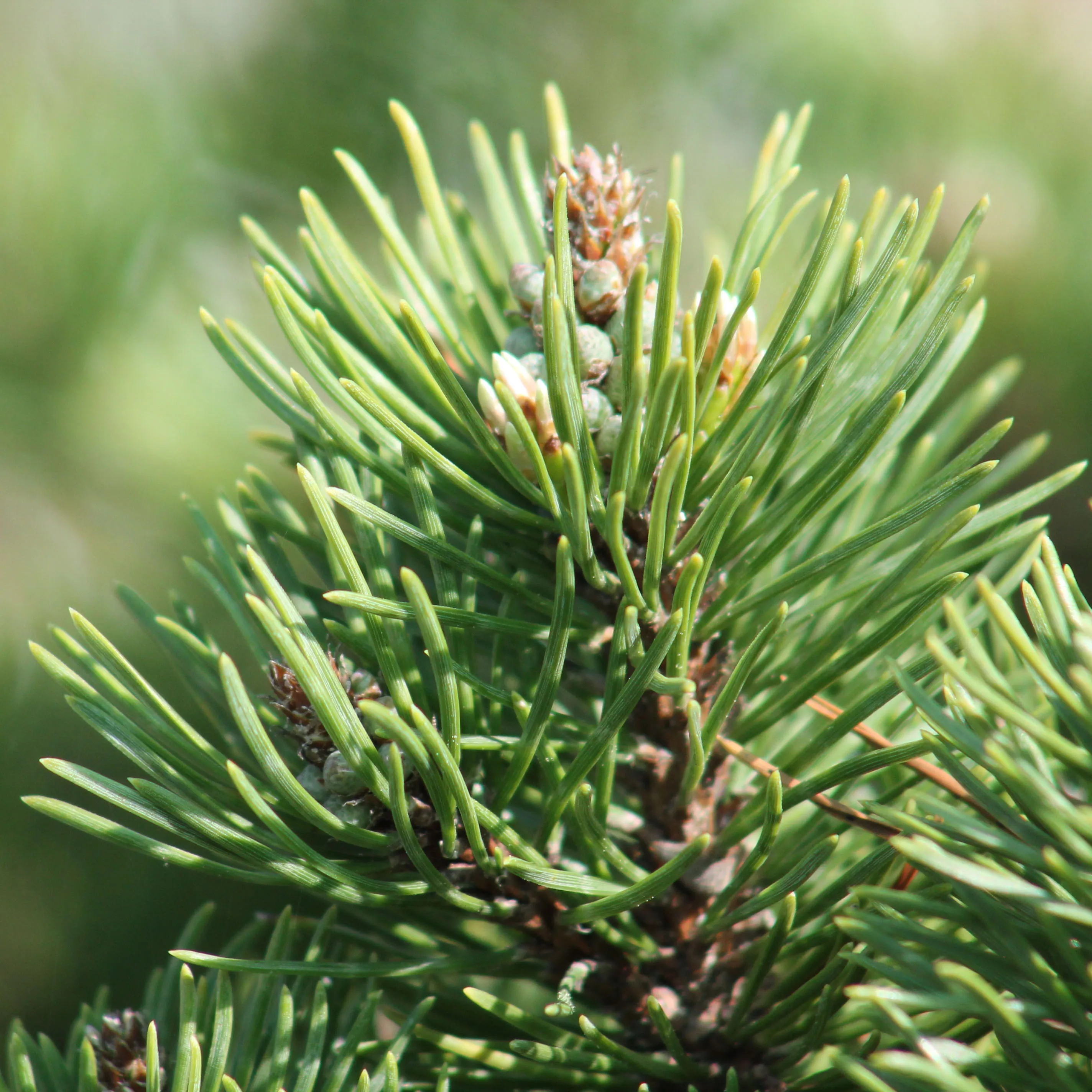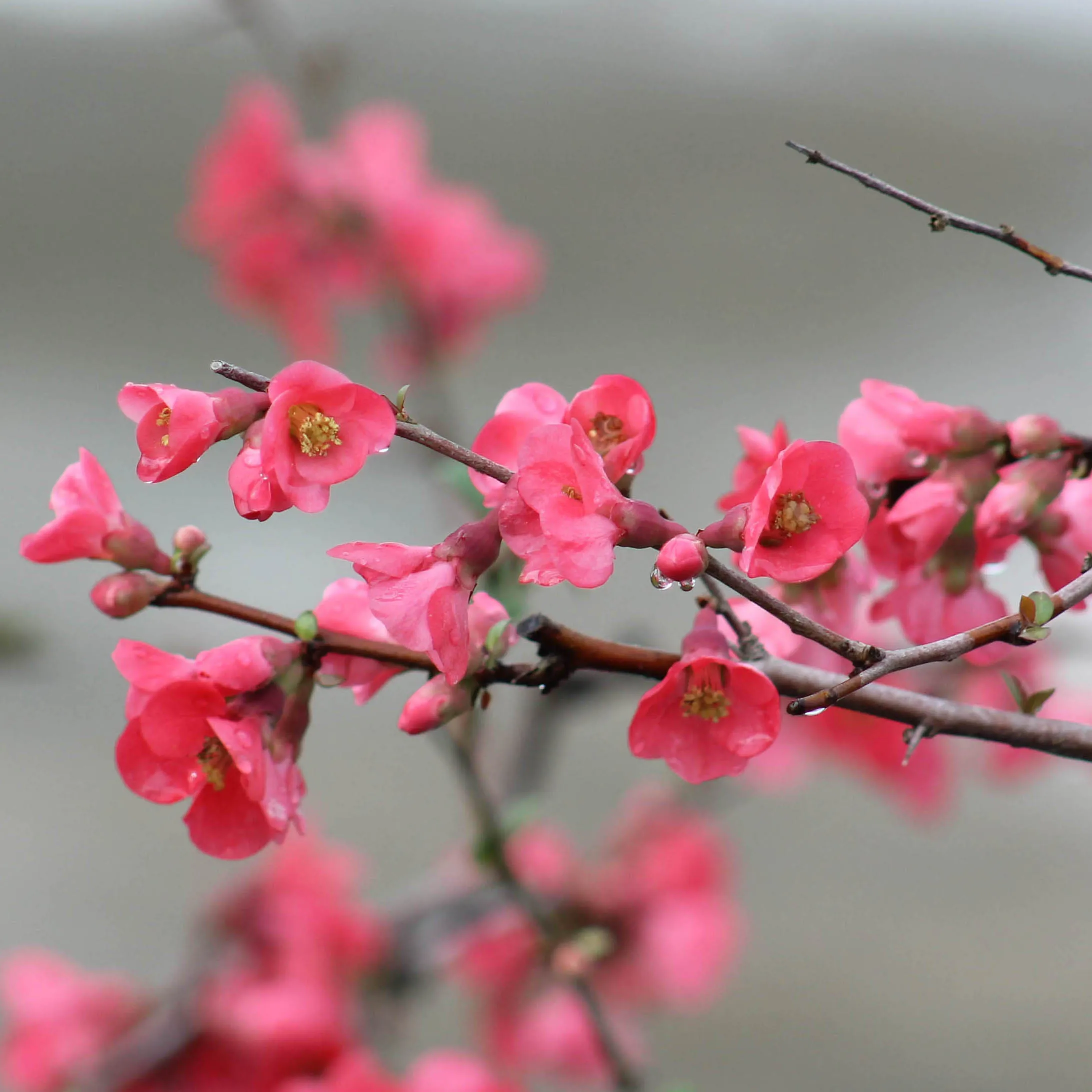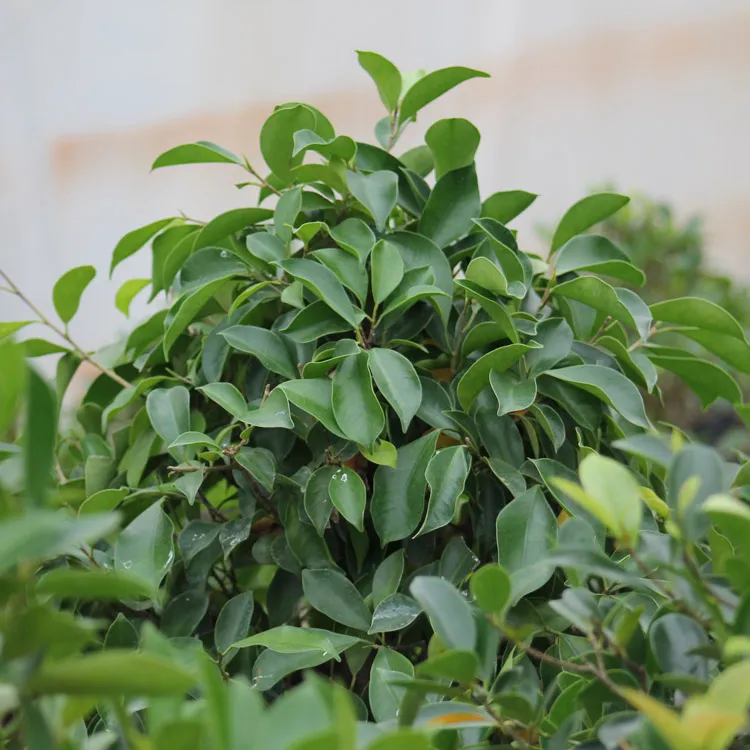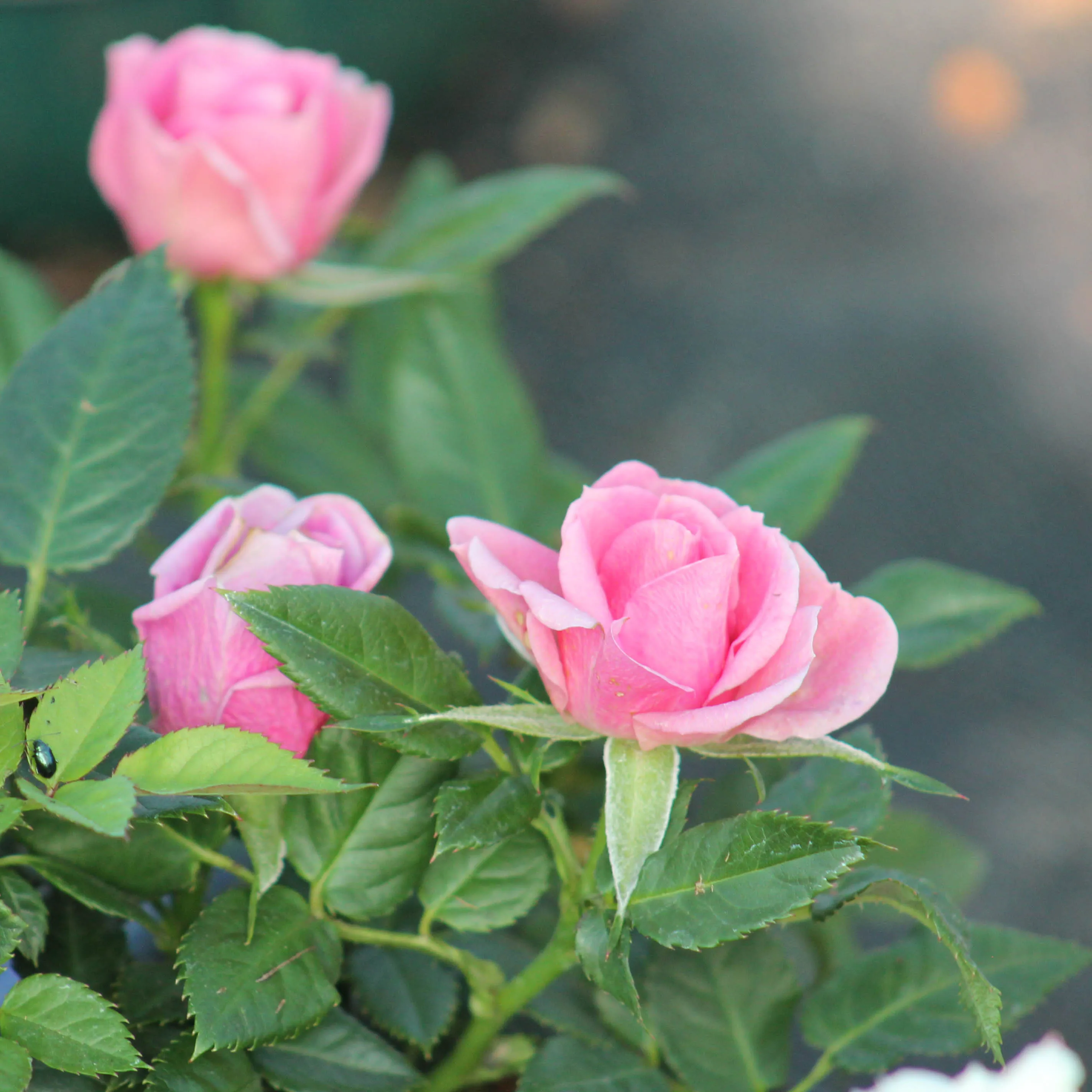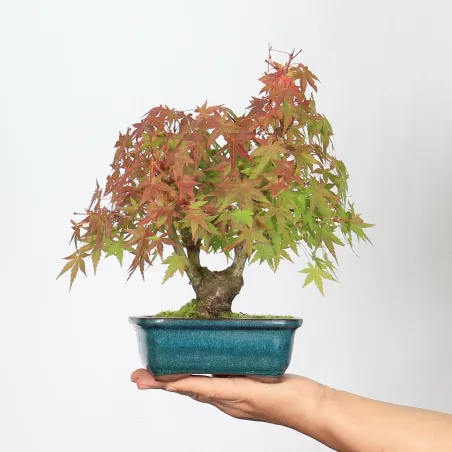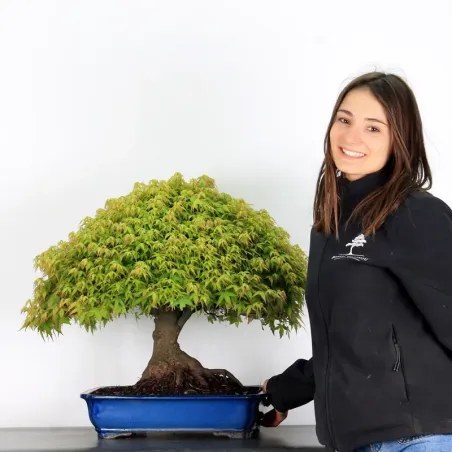Outdoors all year round, the Buerger maple appreciates a spot in part shade, especially in hot weather. In spring and autumn, it will still need sun during the day to encourage branching and develop beautiful colours. In winter, protect it from heavy frosts (below - 3°C) using a winter sheet or glass wool, for example, and wrap the pot in it.
Bloc lien header
 English
en
English
en
Bonsai
Acer buergerianum 1-8
- New
Data sheet
The Burger Maple is a deciduous bonsai tree, appreciated for the small size and colour of its leaves in spring and autumn. Its vigour and rapid growth produce large trunks that express power.
- Photos taken in april 2025
Waist
30 cm
Location
Outside
Age
7 ans
Foliage
Deciduous
Height
Entre 25 et 40 cm
More information
The trident maple, or Burger maple in bonsai
The bark is highly decorative, peeling off in patches to reveal light orange areas. The Burger Maple is extremely vigorous, especially when grown in the ground, and you can get imposing trunks with magnificent nebari quickly this way.
It owes its name to the shape of its three-lobed leaves. If you're looking for a bonsai maple that's easy to grow and produces interesting results quickly, then the Burger maple is for you!
Related articles on blog
Share
Cultivation Advice

 Production of French Bonsai
Production of French Bonsai













